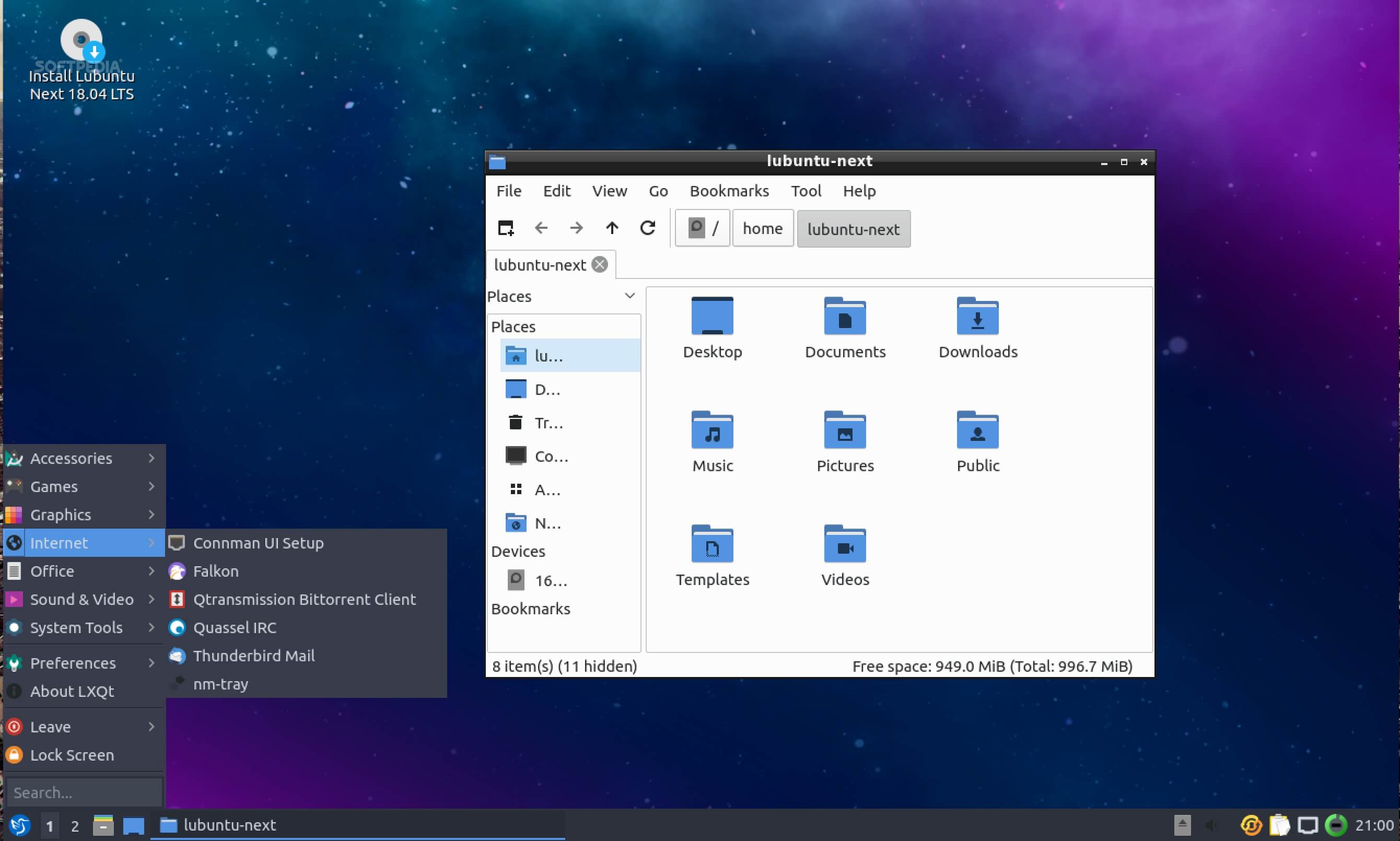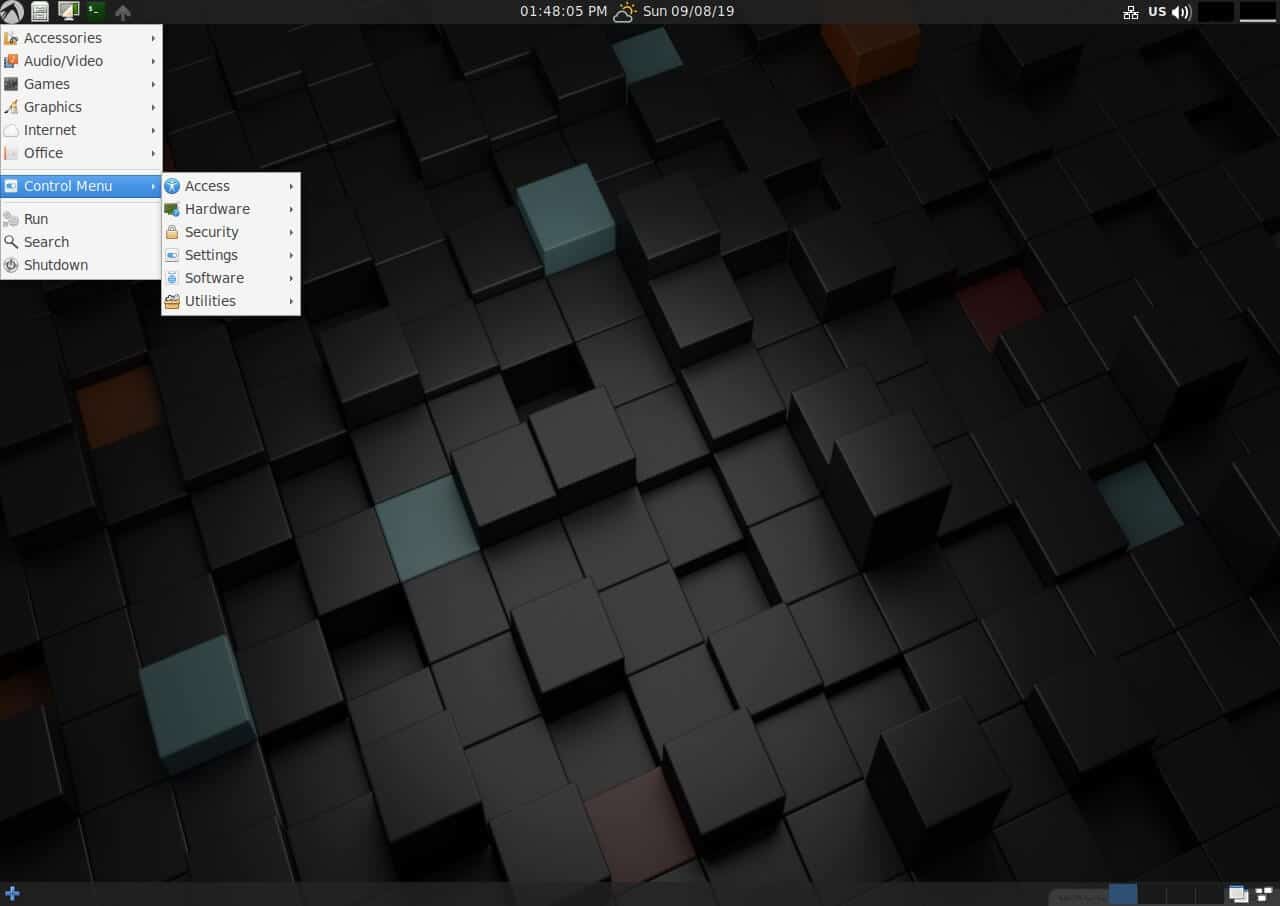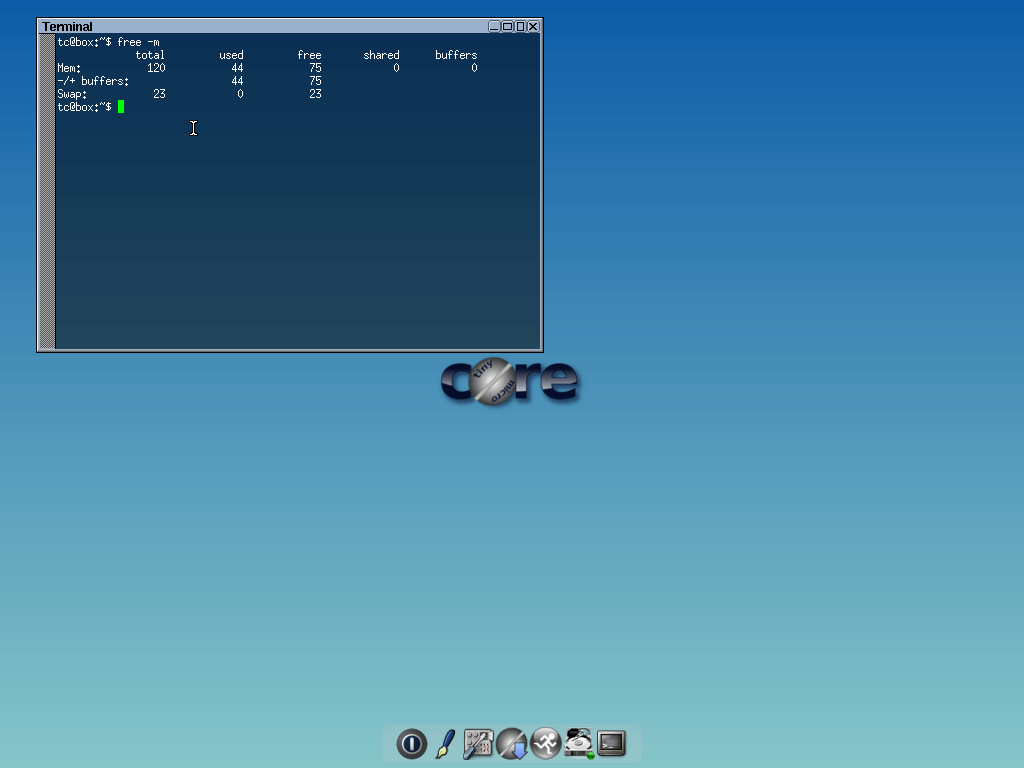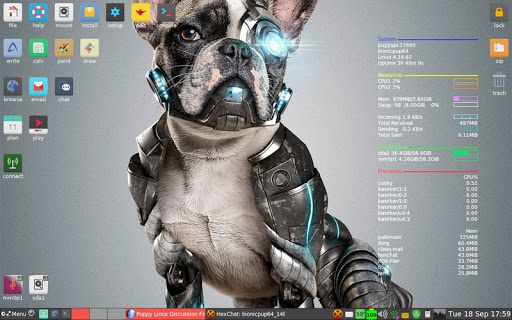Best Lightweight Linux Distro for Old Laptop – The Ultimate List
Linux is no doubt the best open-source operating system available on the internet. The whole system is efficient and is less resource-hungry compared to Windows. Therefore, users with low-end laptops often search the internet for the best Linux distro for an old laptop.
Some of the best Linux distros that you can install on your low-end laptops are mentioned in the list below.
- Lubuntu
- Linux Lite
- LXLE
- TinyCore
- Puppy Linux
In this article, I will mention some details about these distros and will share my personal experience with these systems as well.
All the operating systems mentioned in this post are less resource-hungry and won’t put a load on your system. Customizing Linux is a bit hard, but if you know how to do it, you can make your whole system as lightweight as possible.
Contents
Best Linux Distro for Old Laptop
Coming straight to the point, in this section, we will be discussing the Linux distros that do eat up a huge chunk of your system memory, and will make your laptop’s work experience smoother.
1. Lubuntu
My first choice when it comes to lightweight distros is Lubuntu. I have personally used this distro for over a year when I had a low-end system.
The user interface of Lubuntu is amazing and you will be shocked to know the memory needs of this distro. The Lubuntu system is just a lightweight variant of Ubuntu. It also uses a different desktop environment when compared with Ubuntu.
The memory requirement of Lubuntu is around 512 MB. However, I recommend that you should use Lubuntu on your laptop only if you have a 1GB RAM system.
2. Linux Lite
Linux Lite – the second-best distro for old laptops. Just like Lubuntu, Linux Lite has a fabulous user interface that will make it hard to believe that it has such low memory demands.
The system is completely beginner-friendly and perfect for a Linux-newbie. The distro is based on Debian and is quite similar to Lubuntu in terms of performance.
The memory requirement of Linux Lite is around 512 MB. And just like Lubuntu, 1GB RAM is recommended for Linux Lite to run smoothly.
3. LXLE
LXLE is one of the best lightweight Linux distros for low-end systems because of its fewer resource requirements and high performance.
The operating system uses the LDXE desktop environment and has a lot of apps preinstalled on it. If you want to make it, even more, lighter, just remove the preinstalled apps that you do not need.
The system is good for a beginner as there’s a package manager already installed for managing and updating applications. If you are a veteran Linux user, do not worry as this distro will suit all your needs.
The memory requirements of LXLE is 512 MB.
4. TinyCore
If you want to go even more light – lighter than you even imagined – then TinyCore is your go-to Linux distro.
Talking about the user interface, it looks like the developers made it sure that the distro does not use even a byte of additional RAM.
The user experience is clean and fast, despite its simple UI. This distro was made to run on low-end devices. And by low-end, I mean really low-end (128 MB RAM).
As mentioned above, the memory requirements of TinyCore is around 128MB. However, if you are using a 64-bit system, 46 MB memory is the minimum limit.
5. Puppy Linux
The last distro on our list for low-end laptops is Puppy Linux. The name sounds cute, and you will be surprised that this distro has cute wallpapers of dogs by default.
The distro was specifically developed for home computers and that’s the reason why it comes preloaded with some basic utilities.
The distro is fast and saves everything on your RAM. You can live boot the OS from a CD, DVD, or a USB.
The memory requirements for Puppy Linux is around 64 MB RAM. However, 128 MB is recommended for the system to run smoothly.
Why Choose Linux for a Low-End Laptop
Now that you know about the various Linux distros that you can install on your system, it is time to learn why you should prefer Linux over other operating systems when it comes to a low-end device.
The first and foremost point – Linux is lightweight when compared with Windows. The original system is open source and almost anyone can clone and develop a new OS out of it. This is the reason why there are so many Linux distros available on the internet.
Since users code the distros for their needs, low-end device owners have customized Linux so that it consumes less memory and provides better performance.
Another thing is that Linux is secure, and doesn’t waste your system’s resources on things that you do not need. You have complete control over what remains on your system and whatnot.
Many times, the Windows system runs into issues such as Windows unable to complete the format, etc. In Linux, you won’t bump into errors like Windows.
Final Words
So that was our take on the best Linux distro for an old laptop. We mentioned 5 best distros that you can install on your low-end system right now, to take its performance to the next level.
The distros are Lubuntu, Linux Lite, Puppy Linux, TinyCore, and LXLE.
If you have a 1GB RAM system, you can install any of the above-mentioned systems. I recommend installing Linux Lite or Lubuntu for the best experience.
For those who have a 512 MB RAM device, go for Puppy Linux, TinyCore, or LXLE. These will work best on your system.
And, if you have a 128MB RAM system, then you have to choose between TinyCore and PuppyLinux.





